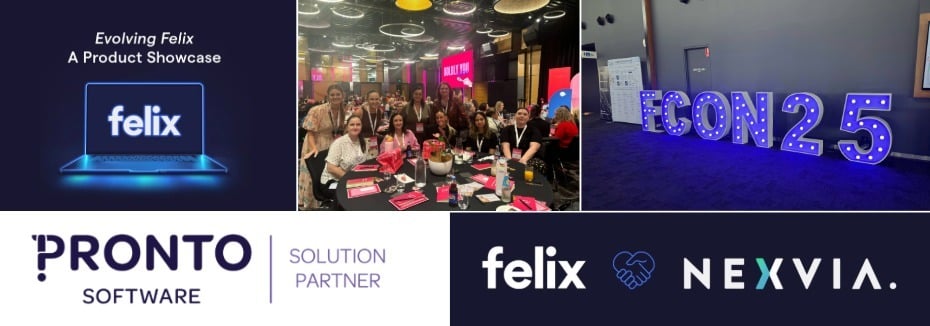Industry leaders come together and discuss supply chain risk mitigation
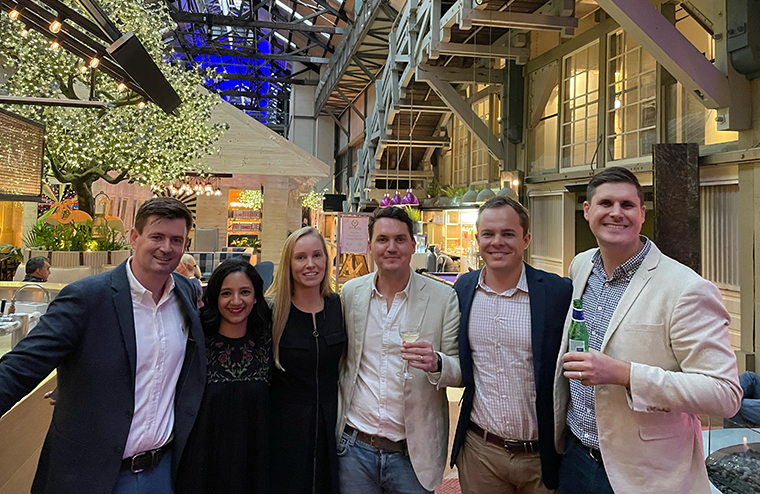
On Thursday, 7 April, Felix hosted its second luncheon and roundtable event, discussing the key findings from our recently released whitepaper, Building in the Dark – risk mitigation in 2022.
Hosted at Otto in Woolloomooloo, Sydney, the event was attended by key stakeholders in the construction industry and one that I had the pleasure of being at myself.
Before the session began, I knew by the amount of chatter in the room coming from the enthusiastic and networking industry leaders that we would be in for an interesting and insightful talk later in the day during the roundtable discussion. And I wasn’t let down. There were a few key takeaways from the discussion, which I thought I would summarise and share below.
The overwhelming need for change
The discussion made evident that construction organisations, both in building and infrastructure, are facing very similar problems when it comes to supply chain risk – skill shortages, insolvency and liability, social and environmental targets and compliance, to name a few. A need for positive change was identified, and an agreeance that a transparent conversation needs to be had about supply chain risk and how it can be managed across the industry, not just at an organisational level, to see significant changes in how projects are completed.
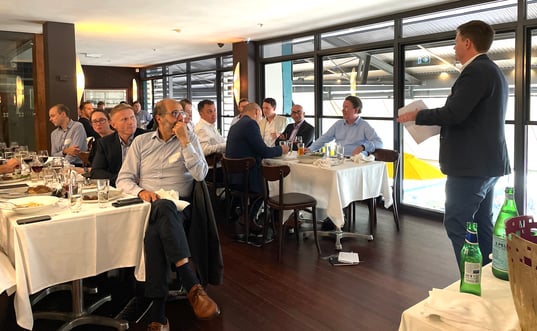
But the question is how? Should governments be lobbied? While the room doesn’t hold power nor have all the answers for this, there was no real opposing voices when it came to recognising that the industry is facing a crisis. It was mentioned that construction in the US and Europe are doing more when it comes to making positive change in the industry, and Australia could potentially be lagging behind.
An opportunity for prequalification standardisation
To make change in construction, the group identified what could be the lowest hanging fruit to lead to an industry big win – and that was to have a standardised subcontractor procurement process by having all construction organisations provide the same prequalification questionnaire.
There’s industry wastage in having each organisation onboard their vendors differently, costing time and money, when it could be a process that can be standardised in a non-competitive way.
A change like this would need support from builders, contractors and government, so it’s nothing that can be changed overnight but a great opportunity to tackle first. It was mentioned that the Australian Constructors Association (ACA) are already making some movement in this space.
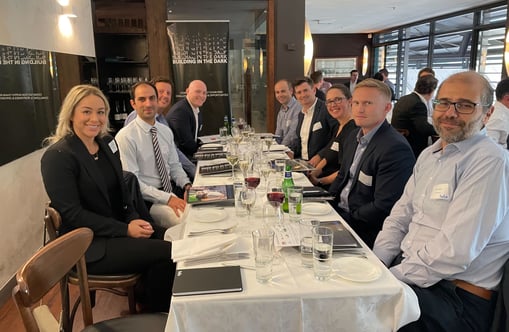
Gender diversity continues to be a common topic
It’s no secret that the construction industry is one that is male dominated, and having five women attend our event out of the thirty-two in the room reflects the imbalance that also takes place at an executive level, not just those on the tools. Women make up only 12% of the construction workforce here in the Australian construction industry and the gap isn’t getting better, it’s getting worse.
The females in the room spoke on the topic and raised points about the importance of having the right industry connections to progress in their careers and how organisations need to provide ways for them to be seen and heard.
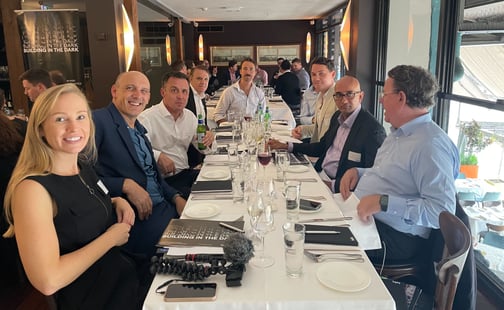
Using digital technology to optimise construction
The construction industry has a long history of innovation (think about the ability to build bridges, skyscrapers and underwater construction; even the tools used in eras of the past) and continues to reshape construction as we know it.
Today, we have the luxury of computers and innovative construction technology to enable massive improvements in managing risk, safety and efficiency of projects.
The group agreed that technology will continue to drive the construction industry forward and organisations should take advantage of utilising digital tools to improve processes, effectively plan for projects and to manage supply chain risks.
I was able to interview some attendees after the session and get their insights first-hand into what their key takeaways were. You can watch the video here:
Attendees' key takeaways
Overall, we received some really positive feedback about the luncheon and the round-table discussion, and highly recommend you join us if you ever get the opportunity to do so for one of our future events. Don’t just take it from me though, hear what our attendees thought in the videos below:
Attendees' thoughts about the event
-----
About Felix
Regarding the challenges raised in the room, Felix is one of the tools that can be used to help mitigate risk by providing complete transparency across the supply chain. We’re built by construction, for construction, so we understand the significant challenges the industry is facing and know that spreadsheets and heavy manual processes won’t cut it in the current demanding environment without being exposed to a multitude of risks. That’s why Felix was born.
Learn more about Felix’s range of solutions to help you manage risk, increase productivity and reduce costs.
----
Interested in joining events like this in the future? Register your interest here.

Recent Articles
2025 in review: Milestones, insights and achievements
2025 – a year of that brought meaningful developments for Felix as we continue to address the evolving needs of organisations navigating complex supply-chain environments.
Top 10 reasons for a centralised vendor database
As organisations grow, so does the complexity of managing vendor relationships. Many still rely on spreadsheets or siloed systems, which can lead to inefficiencies, data inconsistencies, and compliance risks. A centralised vendor database offers a smarter, more scalable solution that brings structure, visibility, and control to procurement operations.
Here are the top 10 reasons why centralising your vendor data is a strategic move.
Five ways poor contract storage could be costing your organisation money
Contracts are the backbone of every business relationship – legally binding documents that define expectations, responsibilities, and value.
But what if the way your organisation stores those contracts is quietly costing you money?
Let's stay in touch
Get the monthly dose of supply chain, procurement and technology insights with the Felix newsletter.

